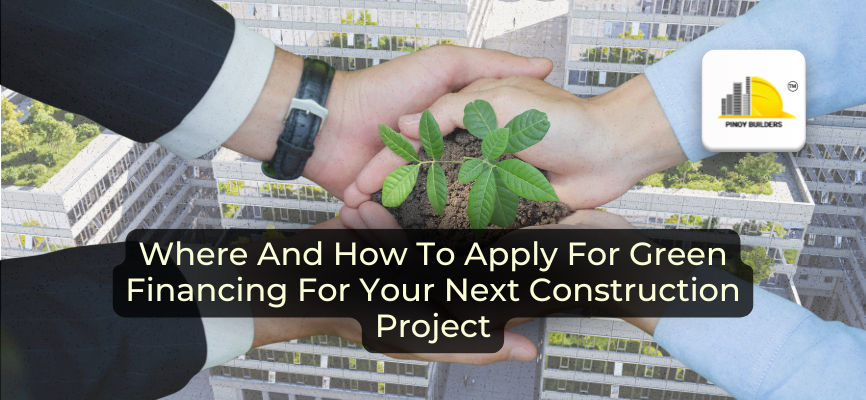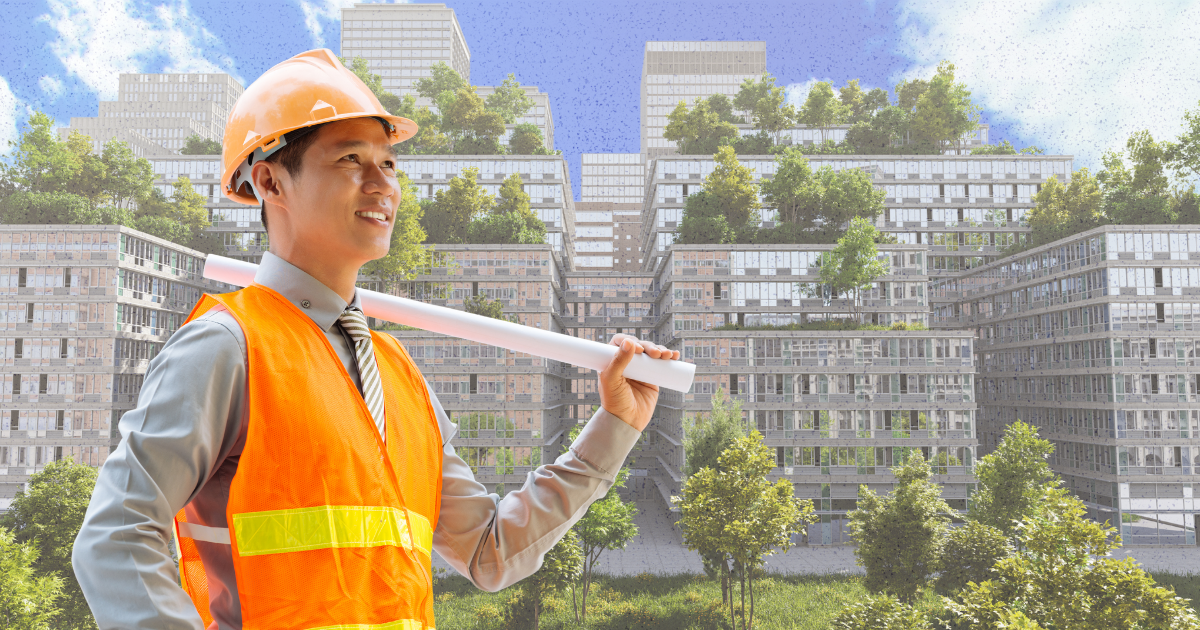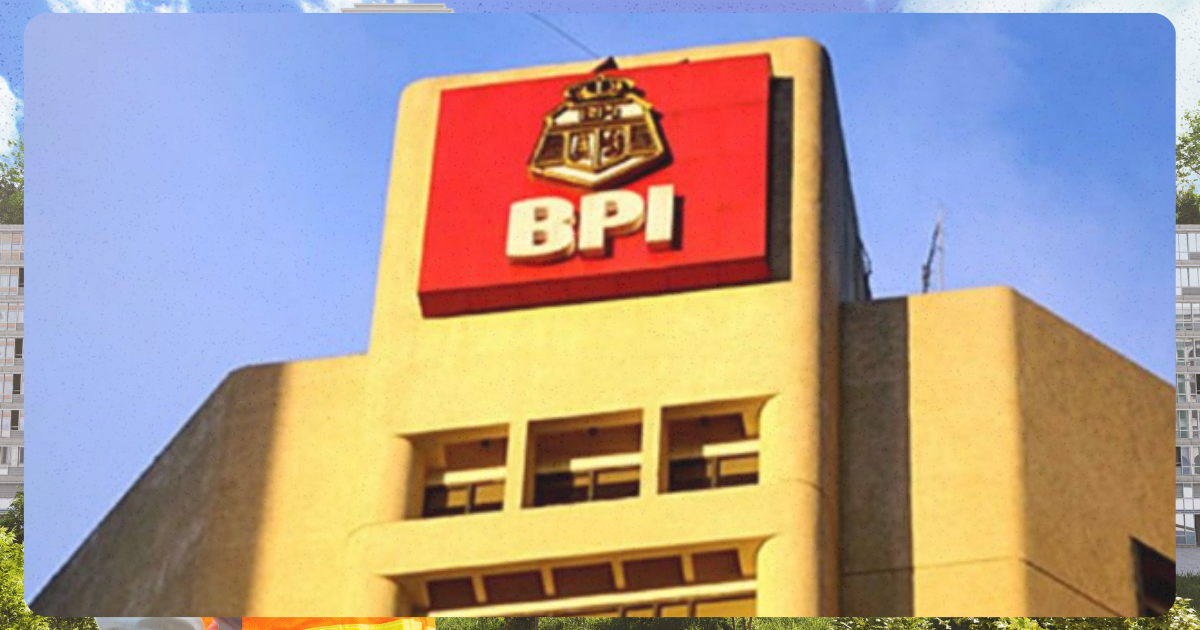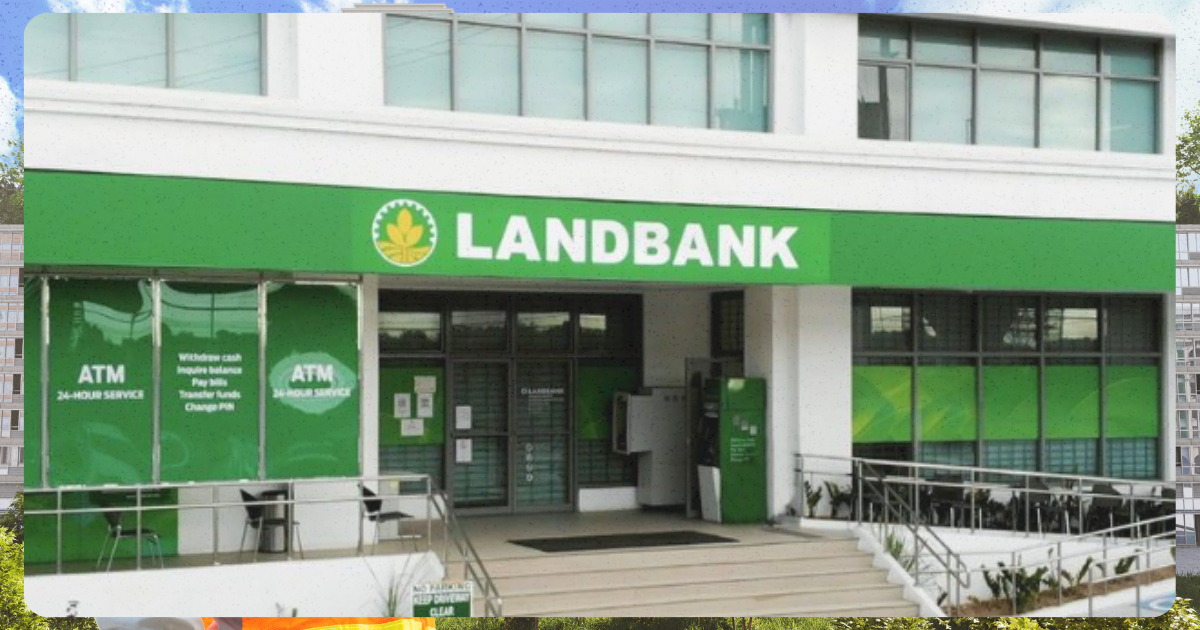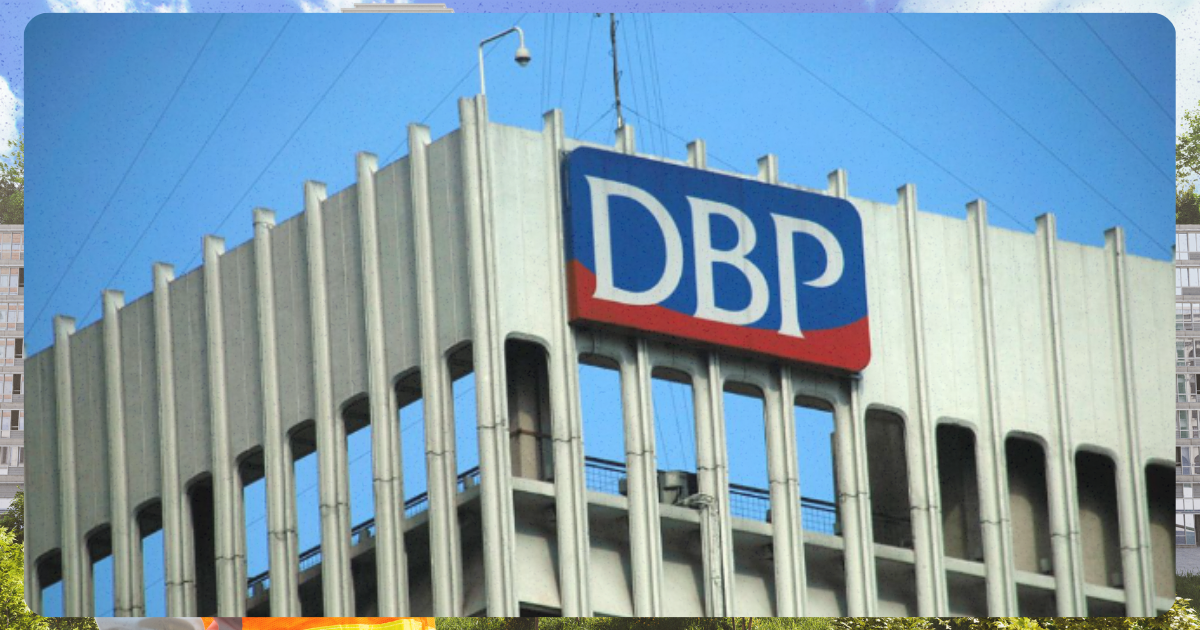Green financing is the golden ticket to building a sustainable future. It’s not just about cutting down our carbon footprint; it’s about making smart business decisions that will support the development of the Philippines while promoting green design for the environment’s health. By allotting money towards eco-friendly projects, we’re not only helping the planet, but it also helps us align with our views on building a sustainable future.
Imagine slashing your energy bills in half with solar panels or reaping the rewards of government incentives for building green. Green financing is the key to unlocking these benefits and more. It’s a win-win situation: build a greener world and reap the rewards of green financial assistance. In this article, we will discuss green financing, its benefits, and where and how you can apply for green financing in the Philippines.
What is Green Financing?
Green financing refers to financial solutions to fund projects with positive environmental impacts. The primary goal of green financing is to support initiatives that contribute to sustainability while having designs that promote climate change mitigation.
There are various forms of green financing available, including green bonds and loans.
- Green bonds – green bonds are debt securities issued to finance projects that offer environmental benefits.
- Green loans – green loans are used for specific projects with predetermined environmental performance criteria.
In the Philippines, green bonds and loans are both available through local and international financial institutions that provide incentives for sustainable projects. The benefits of green financing may include lower interest rates and tax benefits, as well as a longer loan term to encourage more sustainable investments in the country.
The government also plays a crucial role by offering additional incentives such as grants, subsidies, and tax rebates. Institutions like the Development Bank of the Philippines (DBP) and the Banko Sentral ng Pilipinas (BSP) provide such incentives to help offset the costs associated with implementing green technologies and sustainable practices in the country. Since green technologies are yet to be as widespread and may, therefore be more costly than traditional project designs, these incentives are particularly valuable.
Challenges Faced by Contractors in Sustainable Building
Despite its advantages, adopting sustainable building practices presents several challenges. One of the most significant hurdles is the higher upfront costs associated with green technologies and materials. These initial investments can deter many contractors, despite the long-term savings they might offer.
Contractors may also need help related to regulatory compliance and integrating new technologies. Navigating the complex landscape of green building regulations and standards can be daunting, and the fast-evolving nature of green technologies requires continuous learning and adaptation.
Where And How To Apply For Green Financing
Eligibility Requirements
Qualifying for green financing is more complex for large-scale construction projects. Requirements vary from one financial institution to another, and stricter governing bodies oversee the review of these documents and prerequisites. However, sustainable projects are typically required to meet certain criteria demonstrating their environmental benefits.
Green financing for large-scale projects may involve obtaining certifications such as LEED (Leadership in Energy and Environmental Design) or conducting environmental impact assessments approved by various international accrediting bodies. Documents that validate the project’s commitment to sustainability and demonstrate that it meets the required standards are essential. In some cases, the borrower or bond issuer must be accredited by the financial institution. For example, the issuer must be ASEAN-accredited to be eligible for an ASEAN bond, or the green project should be located within ASEAN territory.
Below are financial institutions where large-scale green projects can apply for financing in the Philippines:
1. Bank of the Philippine Islands (BPI) Sustainable Development Finance Program
| Product / Program Name | Segment / Group |
|---|---|
| Renewable Energy | Corporate Banking & Business Banking |
| Energy Efficiency | |
| Climate Resilience | |
| Sustainable Agriculture |
For more details, email: bpisdf@bpi.com.ph
2. Bank of the Philippine Islands (BPI) Sustainability Bonds
| Product / Program Name | Segment / Group |
|---|---|
| Green Bonds |
|
For more details, read Sustainable Funding Framework
3. Land Bank of the Philippines’ Climate S.M.A.R.T. (Synergistic, Mitigation, Adaptation, Resiliency, and Transformation) Financing Program
- Carbon Finance Support Facility
- Renewable Energy Lending Program
- Go Green Inclusive Financing for SMEs and LGUs Program
4. Land Bank of the Philippines’ Go Green Inclusive Financing Program
| Loan Amount | 90% of Project cost |
| Collateral |
|
| Who May Borrow |
|
For more information about LBP’s Go Green Inclusive Financing, click here.
5. Development Bank of the Philippines (DBP)’s Green Financing Program (GFP)
| Maximum Loanable Amount |
|
| Maximum Loan Term | Up to 15 years with five years maximum grace period |
| Beneficiaries | Households and Constituents (men, women and children) where the financed projects are located. |
| Partners |
|
For smaller construction projects, such as those involving residential spaces, the requirements are less stringent and align more with the loans that private individuals can typically afford. Local banks like the Bank of the Philippine Islands (BPI), the Development Bank of the Philippines (DBP), and LANDBANK are a few financial institutions that offer loans for green projects.
To learn more about the loans offered by the banks, read: It Pays To Be Green-Minded: How To Avail Green Loans For Your Construction in PH.
Application Process
The application process for green financing differs from institution to institution, but it usually involves several steps such as:
For Smaller Residential Projects
- Research and eligibility check.
- Project plan budget and cost estimates (this includes the borrower’s proof of income and credit history)
- Application submission (loan application, project plan, required financial information, and other documents as required by the bank)
- Project assessment, site visit, and approval
- Loan agreement and signing
- Disbursement of funds
- Project execution
For Large-Scale Projects
- Project research and pre-qualification
- Preparation of comprehensive project documentation (includes project plans, financial projections of the project, and legal and regulatory compliance)
- Loan/Bond application (submission of requirements)
- Due diligence and assessment of the project (including technical, environmental, and financial assessments)
- Negotiation and approval of terms
- Loan agreement
- Disbursement and project implementation
Projects that issue green financial bonds may require monitoring and reporting of project progress. This is done to provide investors with updated information about their financial proceeds, which is sometimes required to be available to the public.
Tips for a Successful Application
- Clearly articulate the environmental benefits of your project.
- Provide detailed documentation and evidence of sustainability measures.
- Collaborate with experienced consultants to navigate the application process effectively.
Getting That Green: Green Financing Options For Local Construction Projects
Green financing offers a valuable opportunity to support and advance sustainable building practices. By understanding the various types of green financing and the associated incentives, contractors can make informed decisions that benefit both their projects and the environment. Exploring and applying for green financing options can pave the way for a greener, more sustainable future in construction.
Take the initiative to research available green financing options and apply for the support that best fits your next construction project. Embrace the opportunity to contribute to environmental sustainability while reaping the financial and ecological benefits of green financing.
References
ADB. (n.d.). Mobilizing finance for green projects in the Philippines. ADB Knowledge Events |. Retrieved August 12, 2024, from https://events.development.asia/system/files/materials/2021/07/202107-mobilizing-finance-green-projects-philippines.pdf
BPI. (n.d.). Sustainability products and services. BPI. Retrieved August 12, 2024, from https://www.bpi.com.ph/about-bpi/sustainability/products-and-services
DBP. (n.d.). GFP. DBP. Retrieved August 12, 2024, from https://www.dbp.ph/wp-content/uploads/2021/01/Green-Financing.pdf
DBP PROGRAMS AND PROJECTS. (n.d.). DBP PROGRAMS AND PROJECTS. https://www.dbp.ph/wp-content/uploads/2018/10/Projects-Programs-and-Activities-Beneficiaries-and-Status-of-Implementation.pdf
Development Bank of the Philippines. (n.d.). Green Climate Fund. Development Bank of the Philippines. Retrieved August 12, 2024, from https://www.dbp.ph/developmental-banking/environment-initiatives/green-climate-fund/
Land Bank of the Philippines. (n.d.). LANDBANK Go Green Inclusive Financing Program for SMEs and LGUs. Land Bank of the Philippines. Retrieved August 12, 2024, from https://www.landbank.com/loans/business-loans/powerwaterutilities/go-green-inclusive-financing-program
Securities and Exchange Commission. (n.d.). Untitled. Securities and Exchange Commission. Retrieved August 12, 2024, from https://www.sec.gov.ph/wp-content/uploads/2019/11/2018MCNo12.pdf


